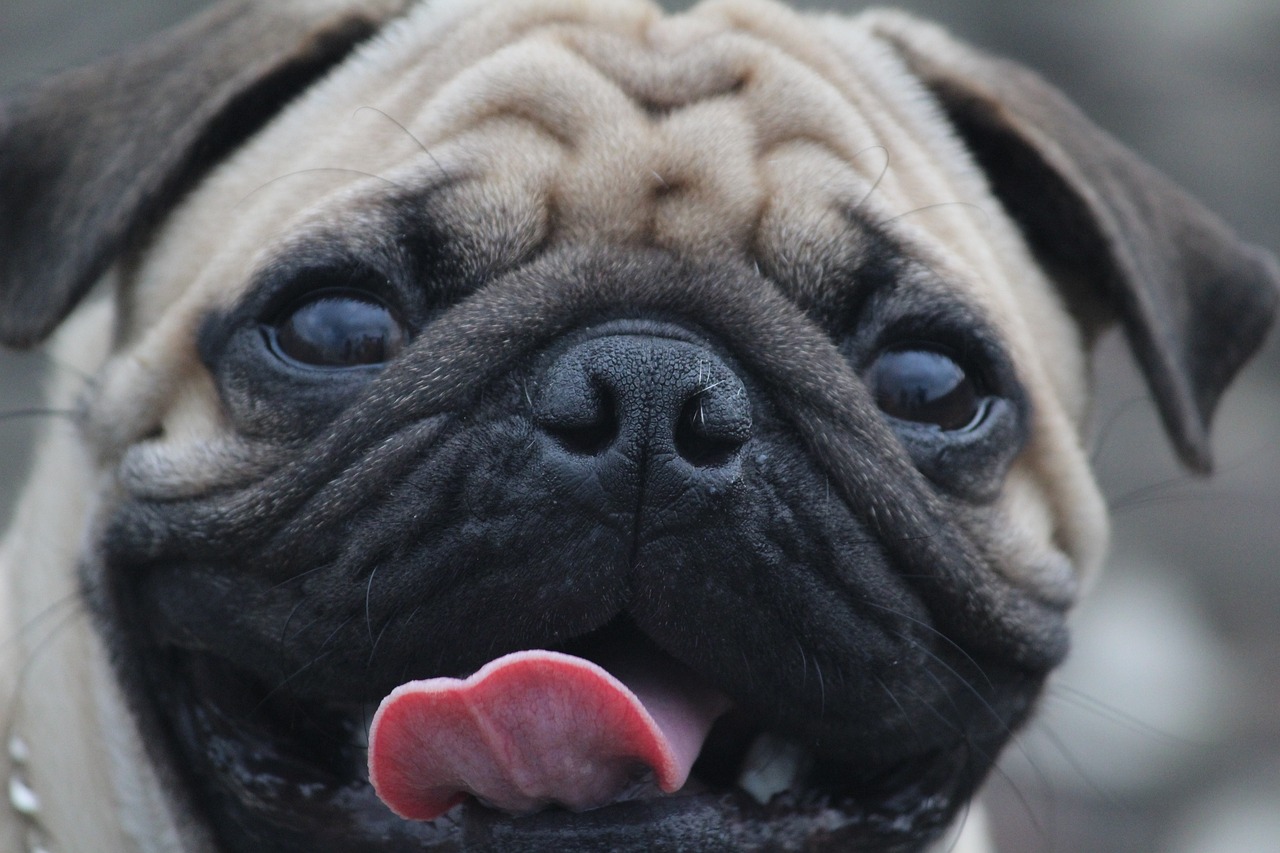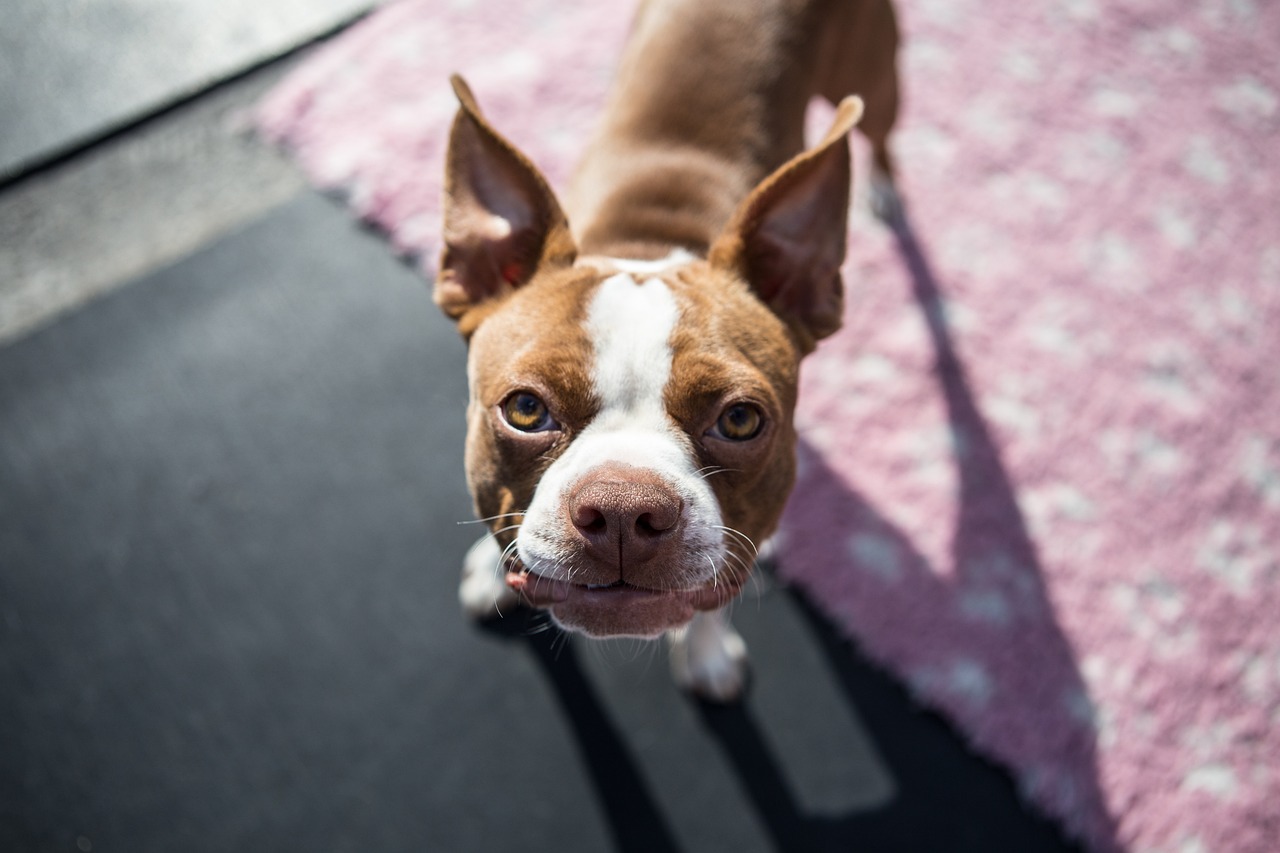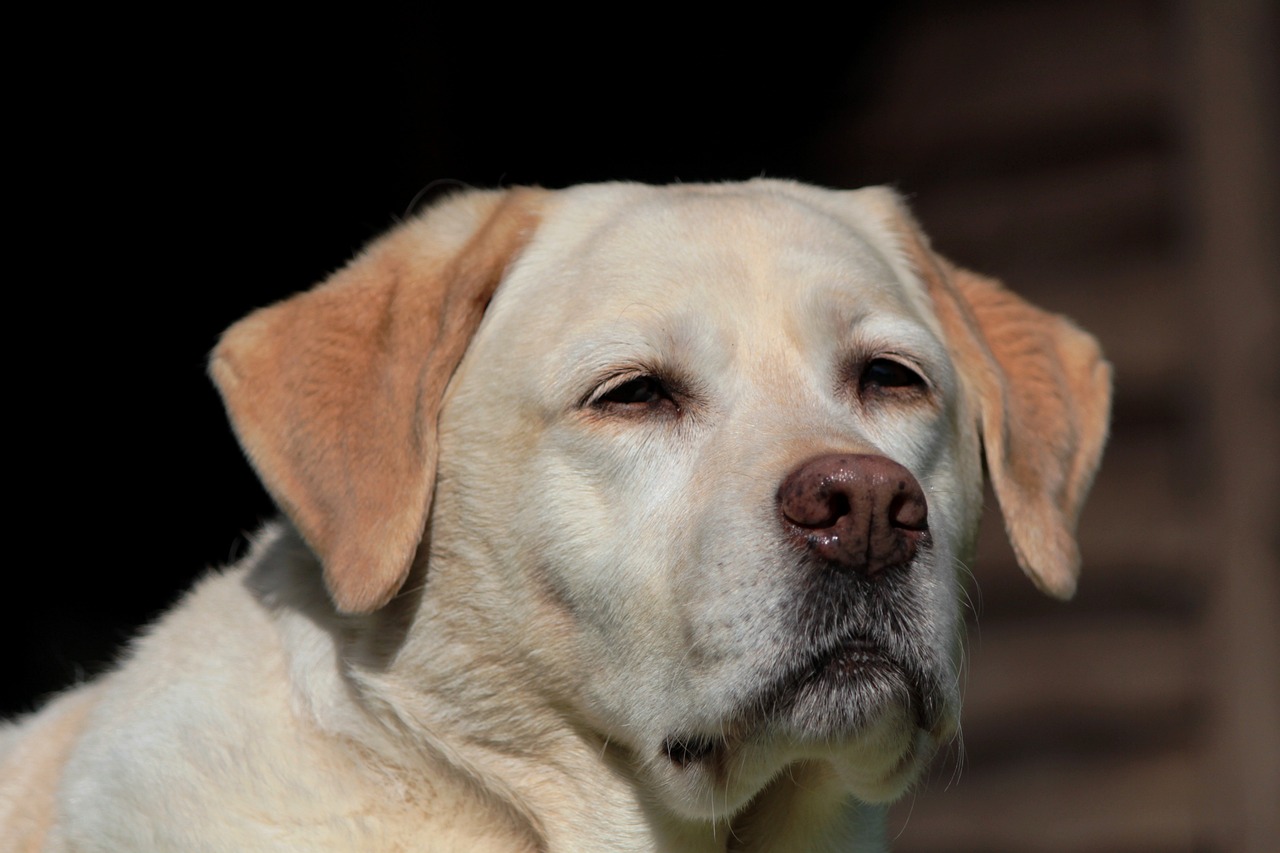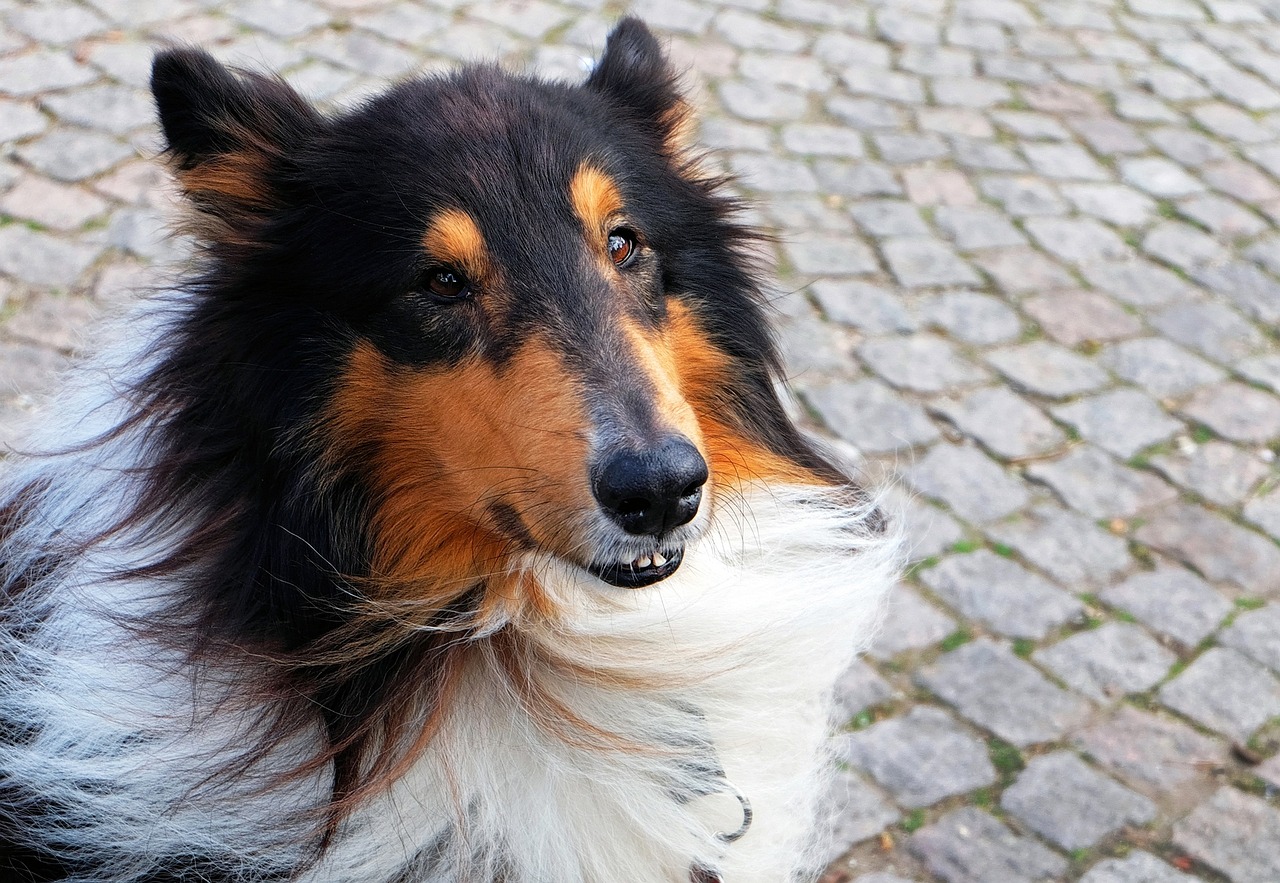Eye problems in dogs can range from mild irritations to severe conditions that may lead to loss of vision. Certain dog breeds are genetically predisposed to a variety of eye issues, including but not limited to cataracts, glaucoma, progressive retinal atrophy, and cherry eye. Understanding which breeds are most at risk can help owners take proactive steps in monitoring and caring for their pets’ eye health. Regular check-ups with a veterinarian, along with immediate attention to any signs of eye discomfort in your dog, are crucial in preventing or managing these conditions. This article will explore seven dog breeds that are most prone to eye problems, delving into the specific conditions each breed is susceptible to and providing insights into how owners can best support their furry friends.
1. Cavalier King Charles Spaniel
Cavalier King Charles Spaniels are particularly susceptible to eye conditions such as cataracts, which can cause cloudiness in the lens of the eye and lead to blindness if untreated. They are also prone to retinal dysplasia, an abnormal development of the retina present at birth, and keratoconjunctivitis sicca, or dry eye, a condition that reduces tear production and can result in infection or ulcers. These issues are largely hereditary and require regular veterinary monitoring to manage. Owners should be vigilant for signs of eye discomfort, including rubbing, redness, or cloudiness, and seek veterinary care promptly to address any issues.

2. Pug
Pugs, with their distinctive squashed faces and large, prominent eyes, are at a high risk of several eye problems. Their eye structure makes them vulnerable to proptosis, where the eyeball can dislocate from the socket if the facial skin is pulled too hard. They are also susceptible to corneal ulcers, due in part to their prominent eyes being more exposed and prone to injury. Additionally, pugs can suffer from dry eyes, leading to discomfort and vision problems. Regular cleaning of facial folds and vigilant eye care, including protection and prompt treatment of any signs of injury or discomfort, are essential for pug owners.

3. Shih Tzu
Shih Tzus are another breed with a brachycephalic facial structure that predisposes them to eye issues. Their large, bulging eyes are susceptible to keratitis, an inflammation of the cornea that can lead to ulcers, and they are also prone to progressive retinal atrophy, a degenerative disease affecting the retina that can result in blindness. The breed’s long hair can also irritate the eyes, exacerbating existing conditions or leading to new ones. Owners should regularly trim the hair around the eyes and monitor for any signs of discomfort or changes in behavior that may indicate eye problems.

4. Boston Terrier
Boston Terriers are prone to several eye conditions, including cataracts, corneal ulcers, and glaucoma, a condition that leads to increased pressure in the eye and can cause pain and vision loss. Their prominent eyes are more exposed and susceptible to injuries, which can exacerbate these conditions. It’s important for Boston Terrier owners to provide a safe environment that minimizes the risk of eye injuries and to seek veterinary care at the first sign of eye discomfort or visual impairment. Regular eye examinations can help identify and address issues before they become severe.

5. Labrador Retriever
Labrador Retrievers are genetically predisposed to cataracts and progressive retinal atrophy. Both conditions can lead to diminished vision and, in severe cases, blindness. Early detection through regular eye examinations is crucial for managing these conditions, as interventions can slow progression and preserve vision. Owners should be aware of their pet’s behavior and watch for signs of vision impairment, such as clumsiness, difficulty finding toys, or reluctance to go into dark spaces. Prompt veterinary attention to any eye-related issues can significantly improve the quality of life for affected dogs.

6. Cocker Spaniel
Cocker Spaniels are susceptible to a variety of eye problems, including glaucoma, cataracts, and cherry eye, a condition where the gland under the third eyelid protrudes and becomes visible. Additionally, their long ears can contribute to reduced air circulation, leading to eye infections if not properly managed. Regular cleaning and grooming, along with vigilant monitoring of the eyes for any signs of redness, discharge, or changes in appearance, are essential for maintaining eye health in Cocker Spaniels. Early veterinary intervention can prevent complications and manage symptoms effectively.

7. Collie
Collies are at risk for Collie eye anomaly, a genetic condition that can affect the development of the eye and lead to vision problems or blindness. They are also susceptible to progressive retinal atrophy. Owners of Collies should have their dogs undergo genetic testing and regular eye exams to identify any congenital conditions early. Awareness and proactive management of these conditions can help preserve vision and ensure that affected dogs lead full and active lives. Owners need to be vigilant and seek veterinary care at the first sign of eye trouble.

Eye health is a critical aspect of overall well-being for dogs, and certain breeds are more prone to eye conditions than others. Owners of the breeds discussed should be particularly vigilant in monitoring their pets’ eye health, seeking regular veterinary care, and taking preventive measures to protect their dogs’ eyes. Early detection and treatment of eye problems can significantly improve the prognosis for dogs with hereditary or breed-specific eye conditions. By understanding the risks and taking appropriate care, owners can help their dogs maintain healthy vision throughout their lives.
 Toledo, United States.
Toledo, United States.
